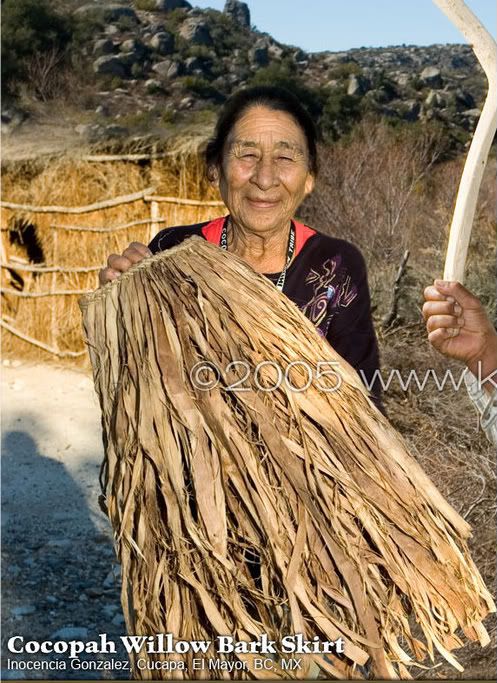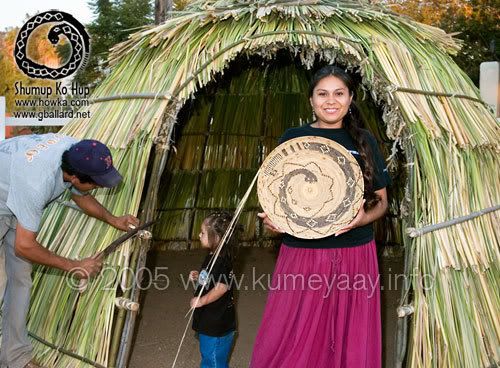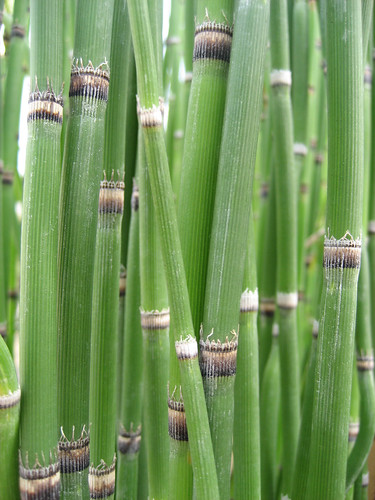Pipp
Well-Known Member
Can anybody find (or figure out) a silica content chart in varieties of hay and also in veggies, etc? I found one with wood and a few hays, but nothing with veggies. (It was interesting that willow leaves had high silica content, I'm going to look into that for Pipp).
Here's my post in the latest hay thread...
Pipp wrote:
Also, the article below article isn't all that related, but I thought this was good information about dental issues in general.
excerpt from:
Dentistry of rabbits (Proceedings)
Apr 1, 2008
By: Angela Lennox, DVM, DABVP
Pathophysiology of dental disease
Dental disease is a result of anatomical or physiologic abnormalities of incisor teeth, cheek teeth, or both. Any process interfering with normal eruption of or wearing of continuously growing teeth will result in dental disease. Disease of incisors can be secondary to primary disease of cheek teeth, and vice versa. For example, primary congenital malocclusion of incisors prevents proper wearing of the incisal edges of the teeth, and subsequent overgrowth. Elongation of incisors prevents proper occlusion of cheek teeth, with subsequent overgrowth and possible development of sharp points or spurs.
Insufficient wearing has been proposed as a leading cause of acquired dental disease. This theory is based on evidence that the diet of pet rabbits often significantly differs from that of their wild European counterparts, who consume rough grasses with higher silica content. Jaw movements of rabbits consuming rough hay have a significantly wider horizontal component than rabbits consuming a concentrated pelleted diet. This decreased horizontal jaw motion in pet rabbits eating pellets may result in decreased normal wear of continuously erupting teeth.
Any process that interferes with eruption of elodont teeth can potentially impact normal occlusion. Francis Harcourt-Brown has proposed metabolic bone disease (MBD) as a potential cause of acquired dental disease. Studies have demonstrated demineralization of skull bones, lower serum calcium and higher PTH levels in severely affected rabbits. MBD produces demineralization of bone matrix and subsequent changes in skull and teeth structure, interfering with normal occlusion and wearing of continuously growing teeth.
Regardless of the initiating cause of abnormal wearing of elodont teeth, the result is elongation of crowns. Overgrown, elongated incisors may develop a number of abnormal growth patterns, including lateral deviation with or without subsequent damage to soft tissues. Elongated cheek teeth produce excessive pressure on tooth roots when the rabbit chews, causing deformation of the root, increased interproximal spaces and bending and rotation of the tooth itself. These processes contribute to increased cheek teeth malocclusion and worsening of dental disease. Ultimately bone is lost as roots perforate cortical bone. Fractures and tooth root abscesses are common sequela. In end-stage acquired dental disease of cheek teeth, eruption of teeth either is delayed or ceases altogether, and bone is reabsorbed.
Here's my post in the latest hay thread...
Pipp wrote:
I'm not convinced Bermuda is that much lower in silica content or that the local grass hay (and straw) isn't that much higher. Silica is higher in dry climates which is why the prairie timothy is good. But straw has an even higher content (although no nutrients). Texas hay could have something going for it, you never know.
BTW, I think silica is measured as a percentage of the ash content. It varies within that content, but checking the ash level in rabbit food might be somewhat relevant? I'll have to look into that.
BTW2, love to do a survey of dental health in Oregon near Mnt St Helens.
Also, the article below article isn't all that related, but I thought this was good information about dental issues in general.
excerpt from:
Dentistry of rabbits (Proceedings)
Apr 1, 2008
By: Angela Lennox, DVM, DABVP
Pathophysiology of dental disease
Dental disease is a result of anatomical or physiologic abnormalities of incisor teeth, cheek teeth, or both. Any process interfering with normal eruption of or wearing of continuously growing teeth will result in dental disease. Disease of incisors can be secondary to primary disease of cheek teeth, and vice versa. For example, primary congenital malocclusion of incisors prevents proper wearing of the incisal edges of the teeth, and subsequent overgrowth. Elongation of incisors prevents proper occlusion of cheek teeth, with subsequent overgrowth and possible development of sharp points or spurs.
Insufficient wearing has been proposed as a leading cause of acquired dental disease. This theory is based on evidence that the diet of pet rabbits often significantly differs from that of their wild European counterparts, who consume rough grasses with higher silica content. Jaw movements of rabbits consuming rough hay have a significantly wider horizontal component than rabbits consuming a concentrated pelleted diet. This decreased horizontal jaw motion in pet rabbits eating pellets may result in decreased normal wear of continuously erupting teeth.
Any process that interferes with eruption of elodont teeth can potentially impact normal occlusion. Francis Harcourt-Brown has proposed metabolic bone disease (MBD) as a potential cause of acquired dental disease. Studies have demonstrated demineralization of skull bones, lower serum calcium and higher PTH levels in severely affected rabbits. MBD produces demineralization of bone matrix and subsequent changes in skull and teeth structure, interfering with normal occlusion and wearing of continuously growing teeth.
Regardless of the initiating cause of abnormal wearing of elodont teeth, the result is elongation of crowns. Overgrown, elongated incisors may develop a number of abnormal growth patterns, including lateral deviation with or without subsequent damage to soft tissues. Elongated cheek teeth produce excessive pressure on tooth roots when the rabbit chews, causing deformation of the root, increased interproximal spaces and bending and rotation of the tooth itself. These processes contribute to increased cheek teeth malocclusion and worsening of dental disease. Ultimately bone is lost as roots perforate cortical bone. Fractures and tooth root abscesses are common sequela. In end-stage acquired dental disease of cheek teeth, eruption of teeth either is delayed or ceases altogether, and bone is reabsorbed.







